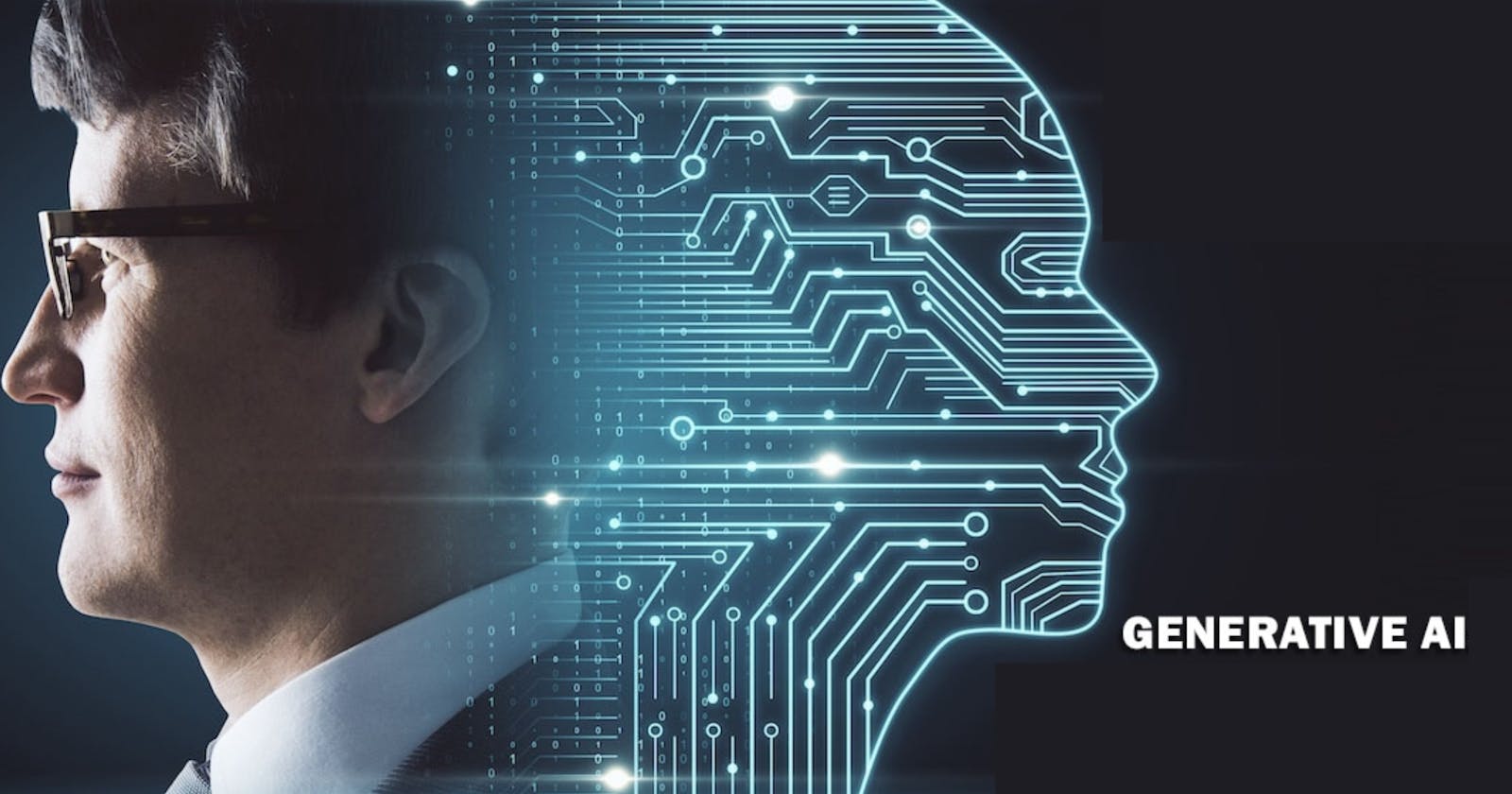Unleashing the Potential of Generative AI: Exploring Creative Content Generation
Understanding the Power of AI to Generate Innovative and Inspiring Content
Introduction
Generative AI, a fascinating branch of artificial intelligence (AI), has opened up new possibilities for creative content generation. In this blog post, we will delve into the world of generative AI, understand its core principles, and explore its applications across various domains.
What is Generative AI?
Generative AI, also known as generative artificial intelligence, refers to a category of artificial intelligence systems that have the capability to generate new content, such as text, images, or other forms of media, based on patterns and knowledge learned from existing data. These AI models are trained on large datasets and learn the underlying structure and characteristics of the data. Using this learned knowledge, generative AI systems can produce new and unique outputs that resemble the patterns observed in the training data. It can be thought of as a technology that generates creative content autonomously, leveraging its understanding of patterns and data to produce novel and innovative results.
1.1 Defining Generative AI:
Generative AI involves using machine learning algorithms to create new and original content, such as images, text, music, or even code. Unlike traditional AI systems that rely on predefined rules, generative AI models learn from existing data to generate fresh and creative outputs.
1.2 Core Techniques in Generative AI:
Generative AI leverages techniques like deep learning, recurrent neural networks (RNNs), generative adversarial networks (GANs), and variational autoencoders (VAEs) to capture patterns and generate novel content. These models are trained on vast datasets and learn to generate content that resembles the original data.
Applications of Generative AI:
2.1 Art and Design:
Generative AI has revolutionized the world of art and design. Artists and designers can use generative AI models to create unique and visually stunning artworks, explore new styles, and generate endless possibilities for creative expression.
2.2 Content Creation:
Generative AI is increasingly being used in content creation tasks, such as generating text, creating blog posts, or even composing music. By training models on large corpora of text or musical data, generative AI can produce human-like content, saving time and enhancing creativity.
2.3 Virtual Worlds and Gaming:
Generative AI plays a significant role in creating virtual worlds and enhancing gaming experiences. Through procedural generation, AI algorithms can generate vast and immersive environments, populate them with intelligent non-player characters (NPCs), and dynamically adapt the game's content based on player interactions.
2.4 Personalized Recommendations:
Generative AI models are instrumental in providing personalized recommendations to users. By analyzing user preferences and behavior, these models can generate tailored suggestions for products, movies, music, or articles, thereby enhancing user experiences and engagement.
Ethical Considerations and Challenges:
As generative AI becomes more prevalent, ethical considerations arise. Issues like bias in generated content, copyright infringement, and misuse of generative AI require careful examination and ethical guidelines to ensure responsible and fair usage.
Conclusion:
Generative AI has ushered in a new era of creative content generation, impacting Generative AI has brought in era of creative content generation, impacting various industries and domains. With its ability to generate novel content and push human creativity boundaries, generative AI promises exciting possibilities for the future.
